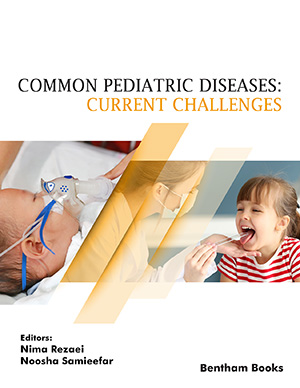Abstract
Meconium Stained Amniotic Fluid (MSAF) and Meconium Aspiration
Syndrome (MAS) in newborn are commonly encountered by obstetricians and
neonatologists world over, and more so in developing countries. MAS is a serious
condition as it causes severe respiratory morbidity and complications like air leak,
pneumothorax, Persistent Pulmonary Hypertension (PPHN), surfactant inactivation and
death in many cases. There have been several changes in the management of pregnant
mothers and their neonates, as well as in the endotracheal suctioning guidelines for
babies born with MSAF ever since the pathogenesis of intra-uterine passage of
meconium and meconium aspiration syndrome, and evidence on intervention outcomes
became known. This chapter shall review the mechanism of meconium stained
amniotic fluid, the pathophysiology of meconium aspiration syndrome and
management of the newborn infant in the labor room, NICU and beyond, as per the
present consensus. Potential newer therapies and drugs shall also be briefly addressed.
Keywords: Amniotic fluid, Chemical pneumonitis, ECMO, Endotracheal suction, Fetal distress, High-frequency ventilation, Inhaled nitric oxide, Meconium stained amniotic fluid, Meconium staining, Meconium aspiration, Meconium aspiration syndrome, Mecometer, Meconiumcrit, Neonatal pneumothorax, Non-vigorous infant, NRP, Persistent pulmonary hypertension, Respiratory distress, Surfactant, Vigorous infant.






















